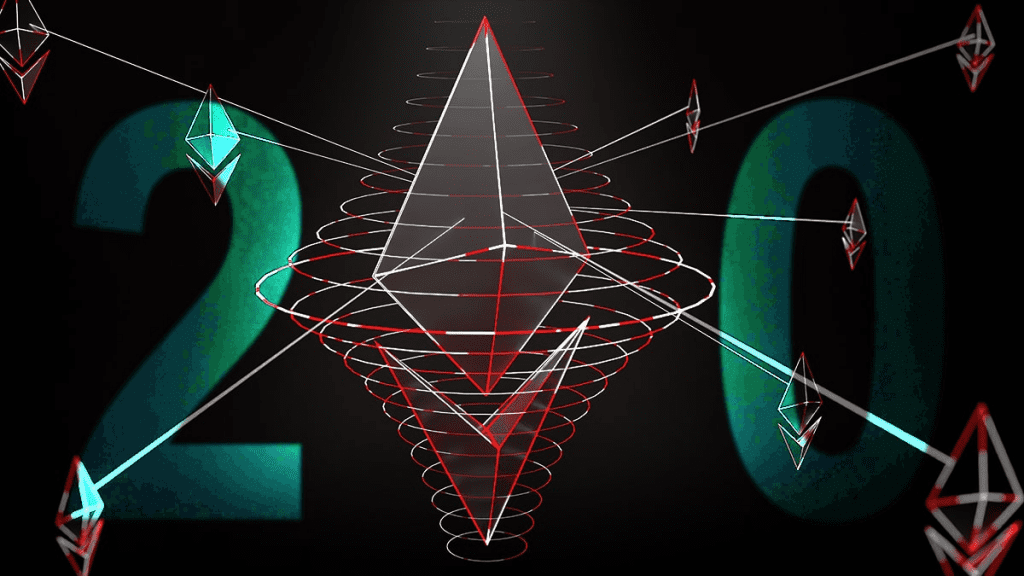As part of the roadmap to complete blockchain sharding, a novel sharding concept known as proto-danksharding has been introduced. Many people do not yet comprehend it because it is so new.
This overview will provide a full, understandable examination of proto-danksharding and how it would aid Layer 2s in scaling. Let’s start now.
What is danksharding?
Danksharding is a type of sharding that implements the idea of a merged market charge; in contrast to traditional sharding, where each shard has its own block and block proposer, danksharding only has one proposer.
It is the responsibility of the block builders to decide which transactions and data go into each block slot.
Although they are similar, sharding and danksharding are not the same. While sharding is the general strategy for dividing networks in order to scale Ethereum, danksharding is a step in the right direction.
On the Bankless podcast, Tim Beiko, one of the top Ethereum researchers, described how Danksharding got its moniker from Dankrad Feist, another seasoned Ethereum researcher.
How it works?
Block builders submit a request to specify the contents of each slot that will later make up a block, and the proposer then chooses the highest bidder. Once a builder has been selected to manage a slot, it is their responsibility to process the entire block.
It is conceivable for oracles to act as block builders in specific circumstances. The primary motivation for this design, according to the Ethereum team, is to limit the two unfair controls that the miners now have, Maximum Extractable Value, or MEV.
First, by favoring their own transactions or those of people they know, miners might exhibit undue favoritism. Second, miners have the option to manually select transactions with the greatest offer, leaving millions of additional transactions in the mempool for hours or days.
However, with danksharding, no one is aware of what is contained in the builder’s submitted ordered list of transactions. As a result, the miners’ or proposers’ authority is limited (after the Merge, they will be referred to as proposers).
What defines block builders from proposers?
Block proposers choose the transaction headers that should be put to the block and broadcast them appropriately, whilst block builders construct blocks. These two cooperate closely.
To make transactions fit into a block, block builders group them into slots or chunks before submitting them to the proposers for approval. The block will be processed by the block builders after the proposer has successfully chosen a block.
In the current iteration of Ethereum, miners are merely the block proposers. However, validators will be a more appropriate name for miners following the Merge. On the other side, block builders are a brand-new cast of characters.
DISCLAIMER: The Information on this website is provided as general market commentary and does not constitute investment advice. We encourage you to do your own research before investing.
Join CoinCu Telegram to keep track of news: https://t.me/coincunews
Follow CoinCu Youtube Channel | Follow CoinCu Facebook page
Annie
CoinCu News







